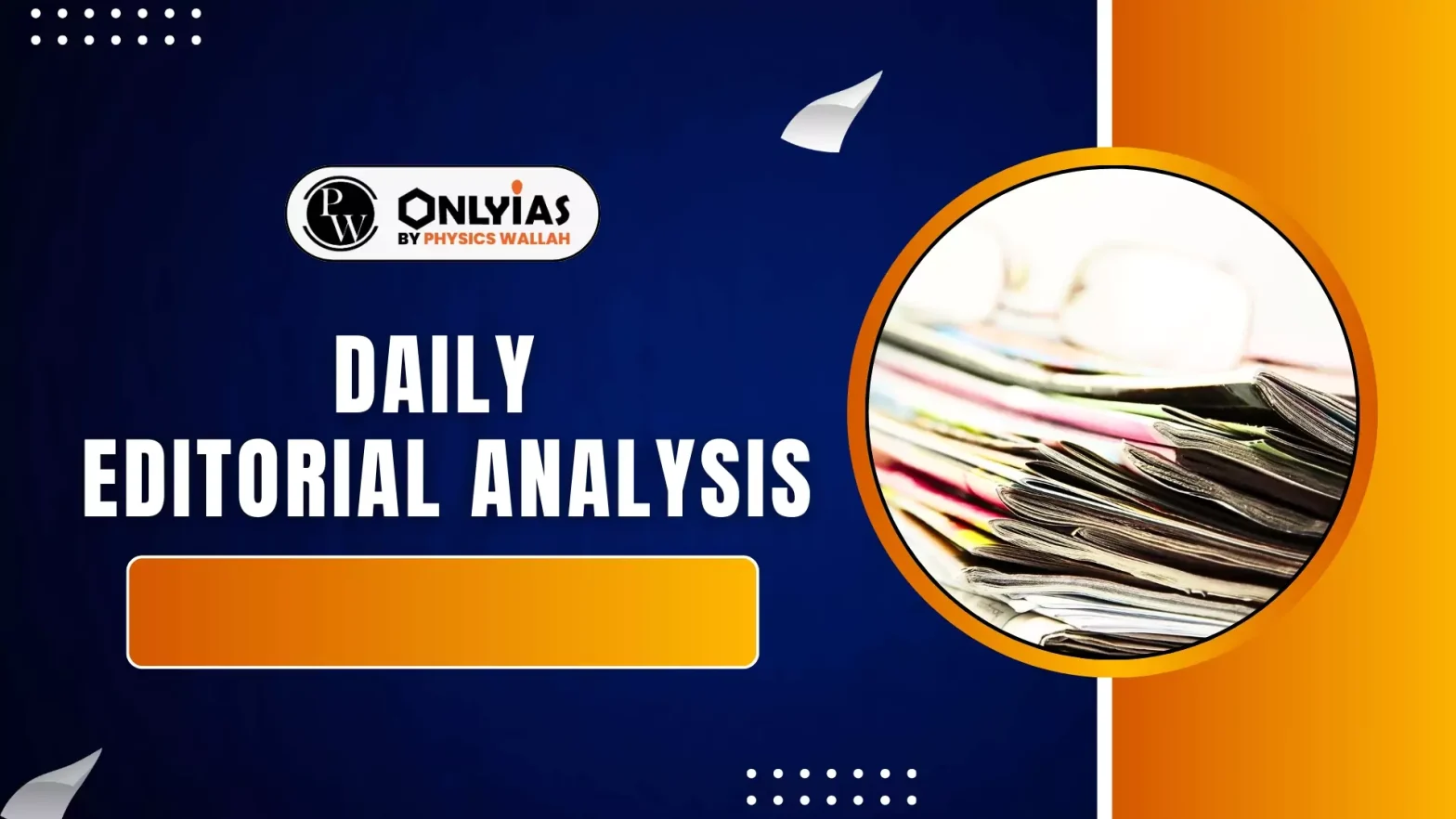India faces rising challenges in delivering sustainable pensions due to longer life expectancy, expanding formal employment, and fiscal pressures. EPFO reforms now enable portable, flexible, lifelong Aadhaar-linked Citizen Social Security Accounts (CSSA).
Global and Domestic Pension Challenges
- Global Pension Pressures: Europe needs higher investment, the U.S. more savings, and China greater consumption; India requires all three measures simultaneously.
- Domestic Implications: Well-designed pensions can enhance public finances, accelerate creation of formal non-farm jobs, and deepen domestic investment pools.
- Fiscal Constraints: Government-funded pensions are increasingly unaffordable, with India’s public debt approaching 85% of GDP, emphasizing the need to strengthen employer and individual pillars, particularly among MSMEs.
Key EPFO Reforms
- Withdrawal Reasons and Bureaucracy: Earlier, 13 separate forms caused confusion for mid-service withdrawals.
- The system is now simplified into three categories: Essential Needs (illness, education, marriage), House Purchase/Building, and Special Circumstances (retirement, job loss, disability).
- Withdrawal Frequency: Earlier, employees could withdraw only two to three times before retirement. Now, limits have been liberalized—up to 10 times for education and up to 5 times for marriage.
- Minimum Service Requirement: Partial withdrawal was allowed after just 2 months of service. The new system requires 12 months of service before eligibility.
- Full Withdrawal on Job Loss: Immediate withdrawal was often permitted under the old system. Currently, employees can withdraw 75% of their PF immediately, while the remaining 25% is subject to a cooling-off period to discourage impulsive spending.
- Cooling-Off Periods: Previously unspecified, the remaining 25% of PF money is now available after 12 months, and EPS/Pension balances are accessible after 36 months to protect old-age savings.
- Digital Reforms: The new system introduces auto-settlement for claims up to ₹5 lakh and centralized accounting, reducing the need for office visits and improving efficiency for pensioners.
Arguments Against Reforms
- Risk of Liberalization: Relaxing withdrawal rules may lead employees who lose jobs to impulsively withdraw up to 75% of their balance, jeopardizing essential old-age savings.
- Reducing Contribution Rates: Lowering mandatory contributions from 12% each by employee and employer to 9% would increase take-home pay and reduce mid-service withdrawals.
Further Reforms Needed for CSSA Effectiveness
- NPS Competition: EPFO, currently a monopoly charging ~4%, is costly. Employee choice between EPFO and NPS can foster competition, lower management fees, and enhance service quality.
- Balance Portability: Aadhaar-linked EPFO accounts enable seamless transfers across employers, including gig, self-employed, and farm workers.
Broader Implications of Reforms
- India@100 vision: Pension reform aligns with India@100 vision for universal social security.
- Unified social security infrastructure: Integrating EPFO, NPS, APY, PM-SYM, PMVVY, and SCSS can create a unified, lifelong social security infrastructure.
- Sustainable Social Security: Mass formal, non-farm employment is essential to fund sustainable social security and enhance economic prosperity.
Conclusion
EPFO reforms signal a shift to trust-based, digital, and flexible pensions, enabling sustainable, universal social security while boosting domestic investment and formal employment through employee choice and lifelong Aadhaar-linked accounts.
![]() 25 Oct 2025
25 Oct 2025

